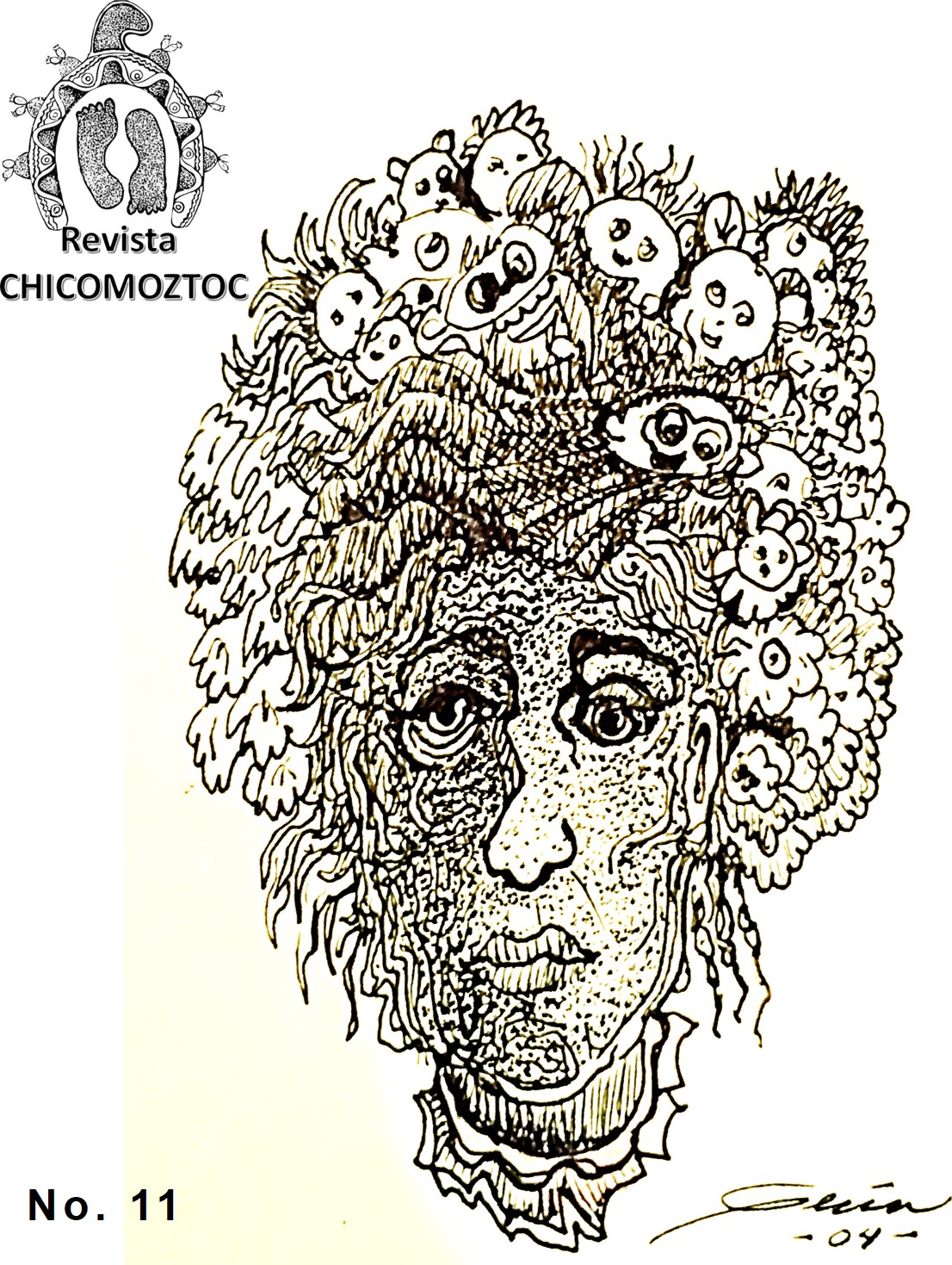The fragile state of rock art in the Altos de Jalisco: Testimonies about its study, conservation and destruction
Published 2024-02-01
Keywords
- Petrogravures, appropriation, biocultural heritage,
- Petrogravures,
- appropiation,
- biocultural heritage
How to Cite
Abstract
Archaeological sites with rock art are perhaps the most vulnerable for their conservation and protection, even more so when they are located within urbanized areas or close to modern human settlements. The case of the archaeological site of La Presa de la Luz, in the Municipality of Jesús María, Jalisco, Mexico is no exception. Its study for more than 10 years of continuous work has led us to rethink the task of its conservation through a methodology of appropriation and awareness of nearby populations and their relationship with the environment that surrounds them. The site has a very close link with the present because many of the petroglyphs are found next to the houses, on the roads, embedded in buildings or walls, and especially in the foothills of the dam. In this sense, this article will try to address the problem of how the intervention has been, taking into account that for an archaeological site that involves more than 500 hectares of land and more than 1,200 petroglyphs, a protection strategy aimed at co-responsibility is required.
Downloads
References
- Barrios, E. (2018). Sismo y grafiti dañan petrograbados de Tetela. https://www.elsoldepuebla.com.mx/local/estado/sismo-y-grafitis-danan-petrograbados-de-tetela-puebla-1883667.html (Acceso: 18 de marzo de 2021).
- Bell, B. (1974). Excavations at Cerro Encantado, Jalisco. En B. Bell (Ed.), The archaeology of West Mexico (pp. 147-167). Jalisco: Sociedad de Estudios Avanzados del Occidente de México.
- Cárdenas, E. (2016). “Arqueología biocultural y corresponsabilidad patrimonial” Relaciones. Estudios de historia y sociedad, vol. XXXVII, núm. 148, pp. 11-40.
- Esparza, R. y Rodríguez, F. (2013a). Informe Técnico de la Segunda Temporada del Proyecto Arqueológico Presa de la Luz, Municipio de Jesús María, Jalisco. Informe al Consejo de Arqueología del Instituto Nacional de Antropología e Historia (INAH). Manuscrito inédito.
- Esparza, R. y Rodríguez, F. (2013b). Un santuario rupestre en los Altos de Jalisco, México. IFRAO 2013 Proceedings. American Indian Rock Art, 40, 797-824.
- Esparza, R. y Rodríguez, F. (2016). El Santuario rupestre de los Altos de Jalisco. Participación comunitaria para la conservación del patrimonio cultural y natural en Jesús María, Jalisco. Secretaría de Cultura del Estado de Jalisco y El Colegio de Michoacán, A.C.
- Esparza, R., López, V., Cejudo, R, Goguitchaichvili, A., Yoshida, T, Rétiz, M., Rodríguez, F., Cervantes-Solano, M., Morales, J. y Bautista, F. (2021). “Estudio petromagnético y arqueomagnético del sitio El Cerrito de Los Agaves en la parte Suroriental de los Altos de Jalisco, México”. En: Boletín de la Sociedad Geológica Mexicana, A.C. Vol. 73, Num. 3, pags 1-17.
- Fábregas, A. (1986). La formación histórica de una región: Los Altos de Jalisco. México: Centro de Investigaciones y Estudios Superiores en Antropología Social (CIESAS).
- Faugère-Kalfon, B. (1997). Las representaciones rupestres del centro norte de Michoacán, Centro de Estudios Mexicano y Centro Americanos, México.
- González, L. (1986). Invitación a la microhistoria. 2ª. Edición, Fondo de Cultura Económica, México.
- González Rizo, E. (2018). Cuando las piedras hablan. Un catálogo de las manifestaciones gráficas rupestres del centro de Jalisco. Secretaría de Cultura del Estado de Jalisco. PECDA.
- INAH (2006). La Planeación y Gestión del Patrimonio Cultural de la Nación. Guía Técnica, México.
- Jiménez, A. (2017). Compartiendo el tesoro. Metodología para divulgar la arqueología. El Colegio de Michoacán, A.C.
- Milek, K. (2018) 'Transdisciplinary archaeology and the future of archaeological practice: citizen science, portable science, ethical science.', En Norwegian archaeological review., 51 (1-2). pp. 36-47.
- Viramontes, C., Ramírez, G., Mendiola, F., y Breen, W. (2015). Prólogo. En G. Ramírez, F. Mendiola, W. Breen y C. Viramoentes (Coords). Arte Rupestre de México para el Mundo. Avances y nuevos enfoques de la investigación, conservación y difusión de la herencia rupestre mexicana. (pp. 11-15), Gobierno del Estado de Tamaulipas, Conaculta.


